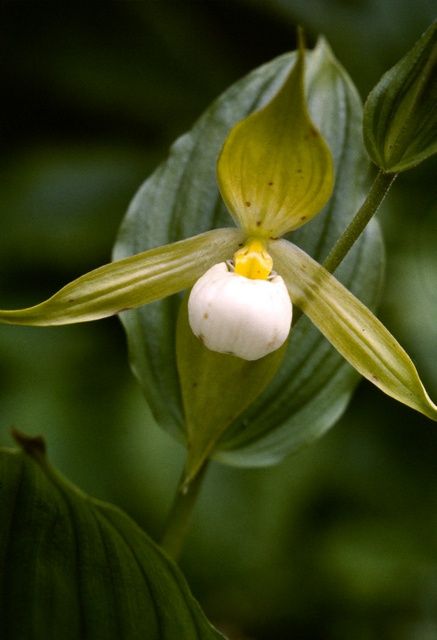
Plants perennial, terrestrial, epiphytic or lithophytic, sometimes mycotrophic; growth monopodial or sympodial; roots adventitious, often aerial, sometimes assimilatory. Stems usually leafy, often with one or more swollen internodes forming pseudobulbs. Leaves usually entire, alternate or opposite, often distichous, plicate or convolute; membranous to coriaceous, often terete or reduced to scale-like bracts, usually sheathed. Inflorescences erect or pendent; spicate, racemose or paniculate, 1- to many-flowered; basal, lateral or terminal. Flowers small to large; zygomorphic; sessile or variously pedicellate; resupinate or non-resupinate. Sepals three, free or connate; dorsal sepal often dissimilar to lateral sepals; lateral sepals sometimes adnate to the column to form a saccate, conical or spur-like mentum. Petals three (medial petal distinguished from the others as the lip), usually free. Lip entire or variously lobed, often with ornamented calluses, with or without a basal spur or nectary. Column short or long, with or without a basal foot, winged or lacking wings; fertile anther one (rarely two or three), terminal or incumbent, cap-like or dehiscing; pollen often agglutinated into discrete masses called pollinia; pollinia mealy, waxy or horny, soft or hard, sectile or not, 2, 4, 6, or 8, sessile or attached by caudicles or stipes to one or two viscidia forming a pollinarium; stigma 3-lobed, midlobe often modified to form a rostellum. Ovary inferior, unilocular with parietal placentation or rarely 3-locular with axile placentation. Fruit a capsule, usually opening laterally; seeds numerous, dust-like.
Images
not available
not available
Images
not available
not available
Images
not available
not available
Images
not available
not available
Images
not available
not available
Images
not available
not available
Images
not available
not available
Images
not available
not available
Images
not available
not available
Images
not available
not available

